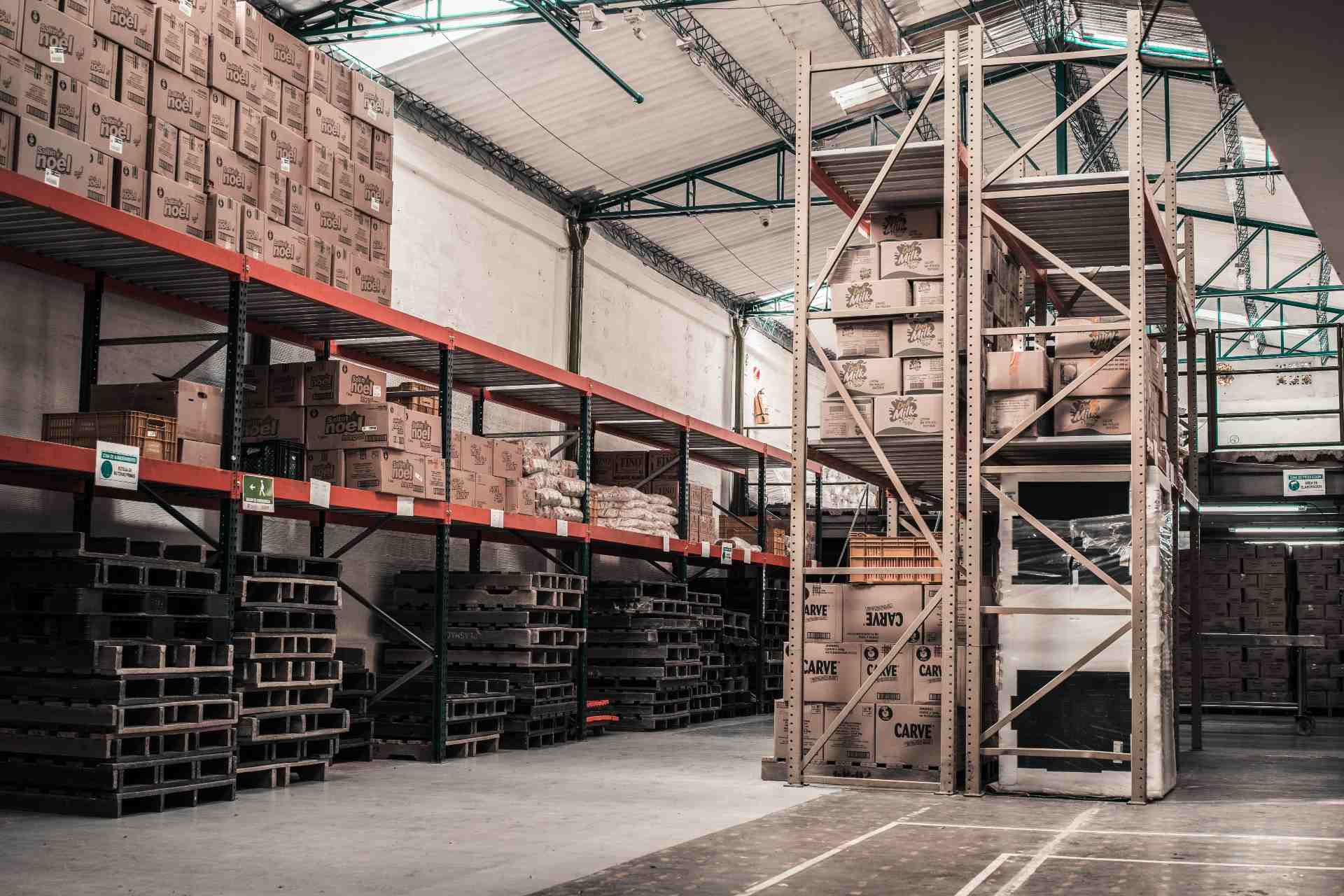Warehouse Disinfestations
It is good to disinfect warehouses even for precautionary reasons. When we perform preventive disinfestation, we create a protective shield in our storage area from unwanted insects, which prefer dark and damp places, such as warehouses and basements that are often used for storage purposes. However when the insects are already inside the premises, then a repressive application of disinfestation for the target parasite, that is carrier of pathogens and can cause many and varied problems must be done.

The "vicious" circle of insects
It is good to disinfect warehouses even for precautionary reasons. When we perform preventive disinfestation, we create a protective shield in our storage area from unwanted insects, which prefer dark and damp places, such as warehouses and basements that are often used for storage purposes. However when the insects are already inside the premises, then a repressive application of disinfestation for the target parasite, that is carrier of pathogens and can cause many and varied problems must be done.
Protect safeguards your business from harmful insects by applying the most modern scientific methods, and adapting them to your space’s needs. The inspection of the insect population is carried out with tasks performed only by a specialized team, in the presence of a responsible scientist, who, upon completion of the application, signs the necessary certificates that are required by Legislation. The methods for the disinfestation of the storage areas or their combination depends on the type of the parasite they need to deal with, and the special needs of the area where we are called to intervene. Depending on the case, we use ecological (use of dry steam, placement of insect traps) or chemical methods, such as disinfestation with residual spraying, entrapment with insecticide gel, etc. In each case, you are obliged to protect your goods from degradation, contamination, even from disaster.
Pests and what is involved in disinfestation depots
Warehouse pests are divided into seven major categories of insects: The Coleoptera, Lepidoptera, Hymenoptera, Thyssanoura, Mites, Diptera and Icopters. Agricultural products are endangered, inter alia, by insects, resulting to the destruction of a large part of the production stored in food warehouses. It is typical that almost 10% of the world’s cereal production, is lost due to insects such as Lepidoptera and Coleoptera, a fact that proves the importance of disinfestation. In addition to the destruction of a significant part of stored products, which causes serious financial problems, we can not ignore the development of secondary infections and infestations. This implies the further destruction of products and the unreliability of the food warehouse, after the products reach the consumers altered or even contaminated.

Warehouse disinfestation includes:
- Flour disinfection
- Disinfestation to combat bread lice
- Rice disinfestation
- Maize disinfection
- Seed disinfestation
- Wheat disinfestation
- Disinfestation of dry tobacco
- Disinfestation of dried fruits
- Disinfestation of beans
- Disinfestation of coffee storage areas
- Disinfestation of fig or raisin storage areas
- Disinfestation of tobacco or cocoa storage areas
- Disinfestation of nuts
- Disinfestation of fabrics
- Disinfestation of cheese storage areas
- Ventilation of vinegar storage areas
- Disinfestation of books
- Disinfestation of museums


